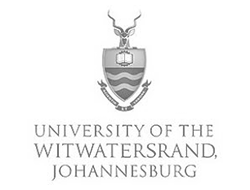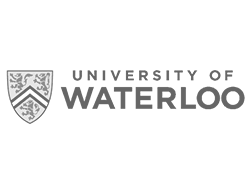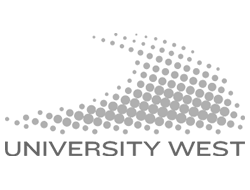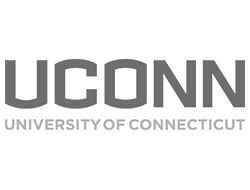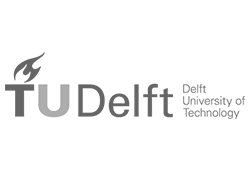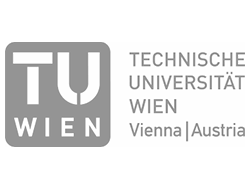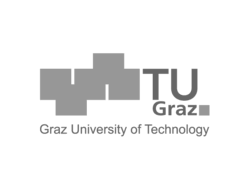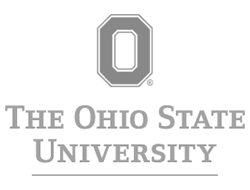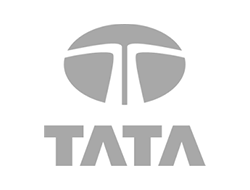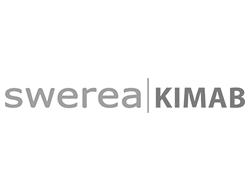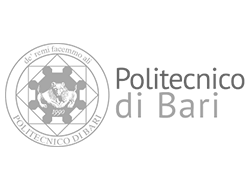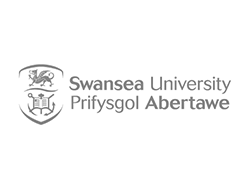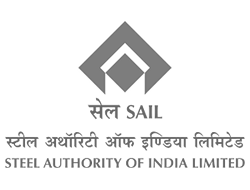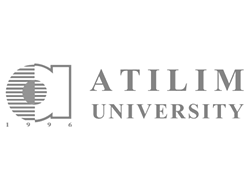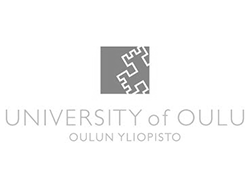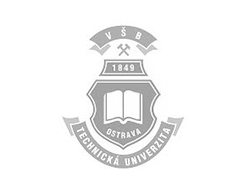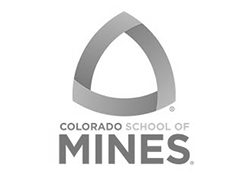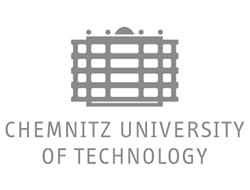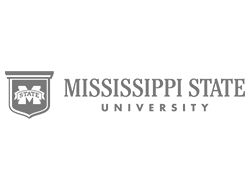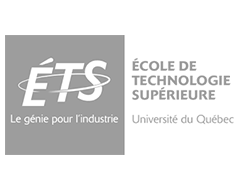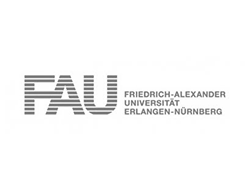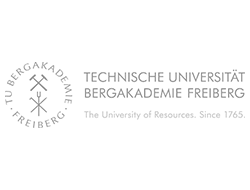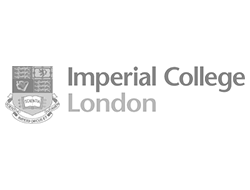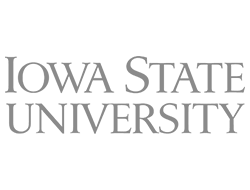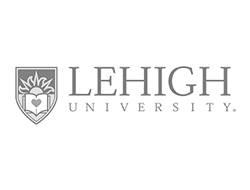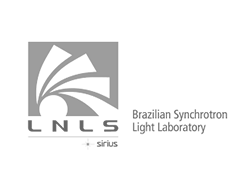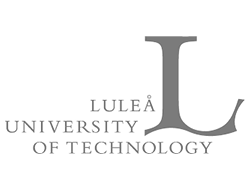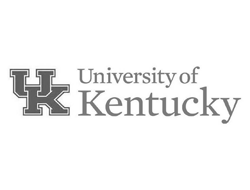Rocketdyne (Aerojet Rocketdyne)
T minus 6.6 seconds. Two powerful turbopumps send a torrent of liquid hydrogen at -423°F and liquid oxygen at -362°F into the three main engines. The main engines ignite at 120-millisecond intervals.
T minus 4.6 seconds. All three engines are verified at 100% thrust. The temperature in the combustion chambers climbs toward 6,000-plus degrees as more than 35 million horsepower strain for release.
T zero. The twin booster rockets ignite; four explosive hold-down bolts are triggered; the NASA Space Shuttle lifts off. A payload of people, scientific experiments, and satellites rides a column of fire toward the heavens.
For Mark Bright, welding engineer in the Rocketdyne Division of Rockwell International, the sight of the Space Shuttle arcing skyward is more than a source of heady inspiration — it's also a spectacle of professional interest. Rocketdyne manufactures the main shuttle engines, a trio of which provide the primary thrust on every mission. Each engine is a complex assembly of cast, forged, and machined parts and more than 5,000 welds. Bright is part of a team dedicated to making sure those welds are fully up to the tortures of space flight. A Gleeble 1500 physical simulation system is there to help as well.
Bright says, "We do a lot of welding — critical welds, with zero flaws — on superalloys like 718 and 903 and Haynes® 188 that aren't so nice to weld. These materials go into the shuttle and Delta booster engines, and sometimes we get microfissuring in some nickel-based alloys, which of course we would like to prevent."
"At the Rocketdyne welding lab, we began studies of 718 about six years ago, doing circle patch restraint testing. The results we were getting were go/no go — real qualitative, not quantitative."
Bright knew that among its capabilities the Gleeble is designed to look at the weldability of alloys. So, about four years ago, when Rocketdyne began getting into Total Quality Management with emphasis on up-front optimization, it looked like a Gleeble could help. In 1991, the Welding Engineering Group presented management with a list of problems in which the Gleeble would demonstrate direct application and payback. The acquisition of a Gleeble and installation costs were approved at the highest levels of Rocketdyne management for fiscal year 1992.
A Gleeble 1500, fitted out with a data acquisition system and a number of other options, arrived at Rocketdyne's Welding Laboratory in Canoga Park, California, in the last week of June. In July, Dan McKay, a DSI engineer, arrived to get the Gleeble operational. "It was pretty impressive," Bright says. "Dan arrived at 9 a.m., and the Gleeble was running by 1 p.m."
Since then, Bright reports, "We've been conducting an ongoing hot ductility study of nickel-based alloy 718, using Taguchi design of experiments — orthogonal arrays — based on TQM teachings from Japan. We are trying to make improvements by making compositional changes within specification limits. We're looking at seven alloying elements with only eight test heats. If it weren't for the capabilities of the Gleeble, we wouldn't have been able to afford it. That's because of the quantity of materials we would have had to order and the machining of complex restraint samples that would be required."
The Gleeble, however, offers a number of advantages. Now Rocketdyne engineers can buy smaller 30-lb. development heats and draw them into rod, at a tenth the cost. The samples are cheaper, because the rod is the right size. Bright says, "We're predicting the testing will take on the order of a couple of weeks. What took two to three years in the initial phase, should take about a month to complete. This research is our main focus."
The Rocketdyne researchers have also used the Gleeble to simulate re-entry heating, to recreate what the space shuttle main engine nozzle sees during its return to earth. According to Bright, "The Gleeble is very precise. We can ramp up the temperature very rapidly, hold, and then drop the temperature very rapidly. We can duplicate what the nozzle team says it wants to see and can even work in partial-pressure air."
Part of their research has involved looking at different techniques to indicate what the nozzle sees in actual operation. As a result, the Gleeble has been put to use testing temperature-sensitive paints that the nozzle team proposes to put on the aft manifold. What they found surprised them: the paint turns color as it is supposed to in ordinary atmosphere but doesn't work in partial-pressure air such as the shuttle would experience on re-entry.
Bright adds, "We've also been concerned about liquid metal embrittlement. Whenever you put something like the temperature-sensitive paint on a pressure structure like the aft manifold, you're always concerned that something in the paint could embrittle the base material. The liquid metal embrittlement tests in this case were performed in eight hours, whereas previous LME evaluations took three weeks without the Gleeble. We easily demonstrated that LME is not a problem with the temperature-sensitive paint."
The Gleeble also will be used to study different kinds of copper-based alloys used in regeneratively-cooled combustion chambers as part of Rocketdyne's in-house research. Different versions of the alloy will be run through simulated hot fires as a kind of life screen for improvements that offer better performance.
"NASA was really supportive of us to get the Gleeble and has been supporting us since the machine came. I think their materials and processes people on site are as excited as we are," Bright adds. "We're starting to actively study Thermal Low Cycle Fatigue as a big life limiter. A lot of machines are simply not capable of doing thermal-mechanical fatigue at the rates that you can with a Gleeble."
"With a Gleeble, you're only limited by your imagination. It's a natural tool for aerospace companies striving to meet the objectives of Total Quality Management and up-front engineering."
This article first appeared in the Gleeble® Newsletter — Spring 1993.




